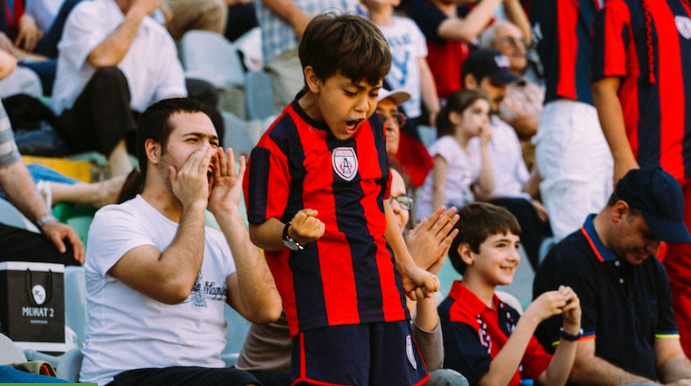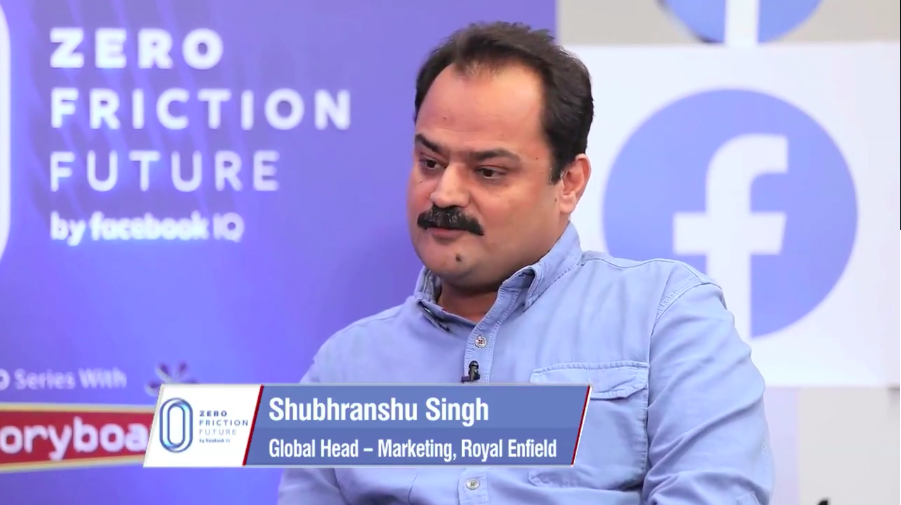Storyboard18 | Simply Speaking: Wisdom of crowds leading to a ‘reputation’ for a brand, institution or individual
Mini The paradigm shift to collective reputation building means that all marketers should be competent at figuring out the reputational pathways, understand the intentions of those who construct it, and figure out the agendas of those authorities that leant it credibility. [siteorigin_widget class=”SiteOrigin_Widget_Image_Widget”][/siteorigin_widget] Reputation is the main output of collective intelligence. But who builds the reputation of the reputation builders? Learn how brands gain a reputation and how that is more important than ever before in today’s information dense world The harder something is to verify, the stronger our urge to seek verification. The tougher it is to measure something, the keener we are on doing it. We live with information overload. As we are uncertain about the content of information we receive, we highly value the opinions of others in order to verify the credibility of such content. This reliance can make us gullible. We must strive to stay aware of the biases that the design of such platforms or experts, whether technical, sociological or institutional. There is a neglected contradiction of knowledge that plays a pivotal role in our world of brands, namely that the greater the amount of information in circulation, the more we rely on so-called expertise to evaluate it. The glaring paradox emerges from the fact that the vastly increased access to information and knowledge does not empower us or make us more intelligent or better informed. Information scientists call such a state ‘cognitive autonomy’. The converse is ‘cognitive dependence’. The emergence of tech and tools is making us dependent not autonomous. We are rendered more dependent on other people’s judgments and evaluations of the information with which we are faced. The major revolutions in human society have been about distribution of memory – the invention of writing, printing, telegraph, radio, television and now the internet. Printing changed the configuration of the “informational pyramid” in the diffusion of knowledge. Like printing, the Web is a device for redistributing cultural memory within and across a population. It is active, not passive, and available at near zero costs and at the speed of light. The Internet has made possible a form of aggregation that simply did not exist before its invention and worldwide diffusion. Seen from a historical perspective, the Web is a major revolution in the storage, dissemination, and retrieval of information. Brands are a fully intact subculture within it. With the advent of technologies that automate the functions of accessing and recovering memory, such as search engines and knowledge-management systems, meta-memory has become part of external memory. The actions of users leave a trace in the system that is immediately reusable. The combination may easily be displayed in a ranked ordering that informs and influences the users’ future preferences and actions. The corpus of knowledge available on the Web-built and maintained by its users’ individual behaviours-is automatically filtered by systems that aggregate these behaviours. This is made available to other users and commercially exploited like for advertising to the right folks. Netflix, Amazon, and Google feeds such as news are top examples of aggregated user preferences and the making of correlations. This is a unique feature of these interactive systems, in which new categories are created by automatically transforming initially uncoordinated human actions into easily understandable rankings. That is reputation by one definition. Ever wondered why we have ‘top selling’ authors not ‘best writing’ authors! Rational Man is guided not by ‘information ‘, but by ‘reputation’ which is pre-filtered, pre-evaluated and already commented upon by others. Reputation is the main output of collective intelligence today. But who builds the reputation of the reputation builders? Is it based on their track record, fame or intellectual attainments? We may be reliant on what are the inevitably biased judgments of other people who are unknown to us. The paradigm shift to collective reputation building means that all marketers should be competent at figuring out the reputational pathways, understand the intentions of those who construct it, and figure out the agendas of those authorities that leant it credibility. Whenever we are at the point of accepting or rejecting new information, we should ask ourselves: Where does it come from? Does the source have a good reputation? Who are the authorities who believe it? What are my reasons for deferring to these authorities? Such questions will help us to get a better grip on reality than trying to directly check the reliability of the information at the source. In a hyper-specialised world of knowledge, it makes no sense to try to investigate on our own, for example, the possible correlation between vaccines and the worsening of cardiovascular disease. It would be a waste of time, and probably our conclusions would not be accurate. In the reputation age, our critical appraisals should be directed not at the content of information but rather at the social network of relations that has shaped that content and given it a certain deserved or undeserved ‘rank’ in our system of knowledge. What is reputation? It is not one thing but many. It is a second ego. It serves as a conveyed signal. It is an ‘opinion of opinion’ that stabilises or sometimes destabilizes our social identity. Reputation is also a motivation for action. It is a sensible system for classifying information. It is a ranking based on the authority of others that helps guide our judgments. The control we wield over our reputation is partial and precarious. We can never fully master or govern our reputation. It is a dynamic construct, and the lines are forever moving. Like it or not we cannot live without it. Understanding our reputation, allows us to know our social reflection and reordering the way we see ourselves in response to the way others see us. When we first meet a new domain of learning, our access to facts is inevitably determined by the opinions, values, and preferences of others. As new communication technologies make it increasingly easy to venture into new domains of knowledge, this dependency on the




